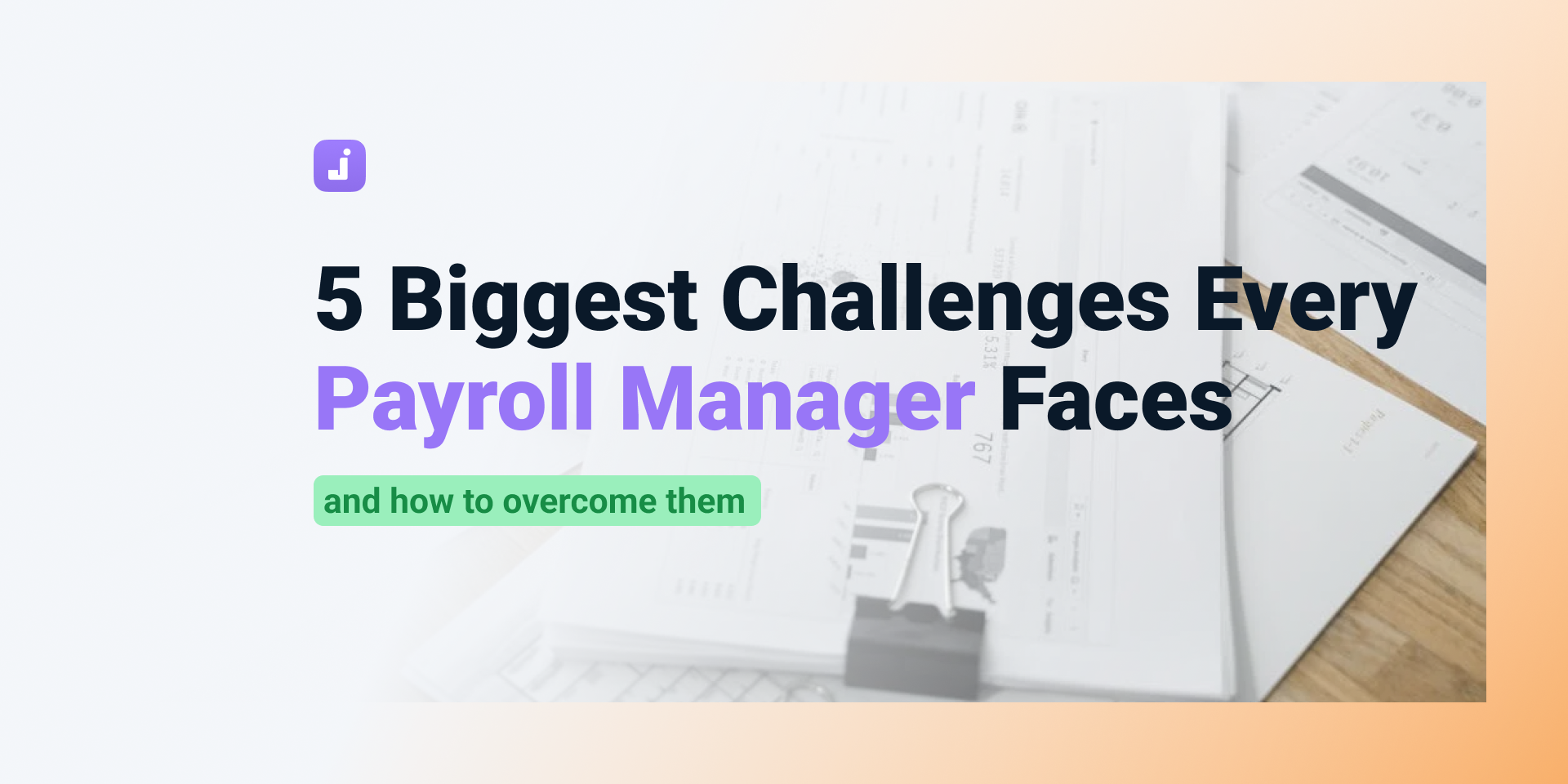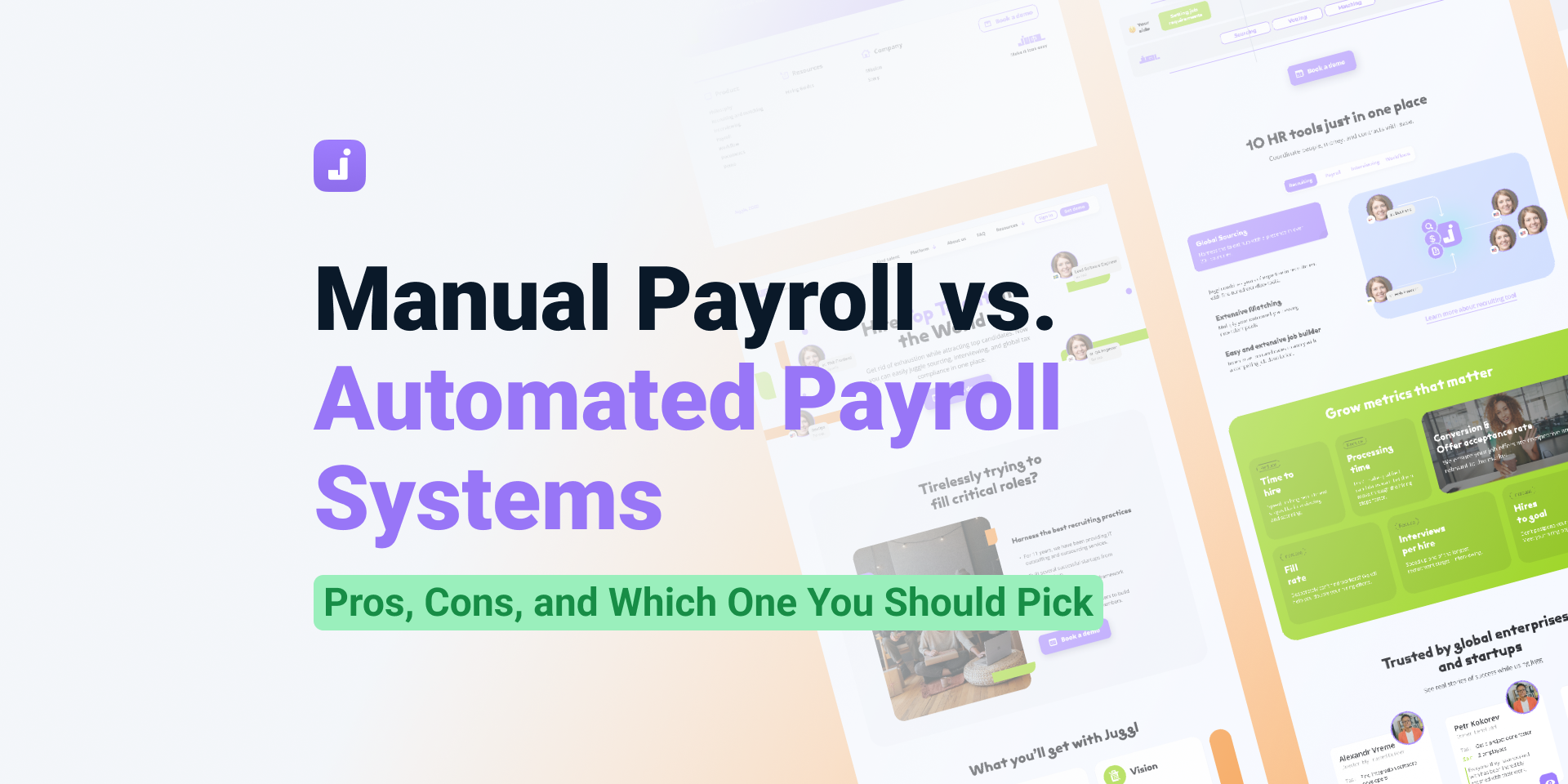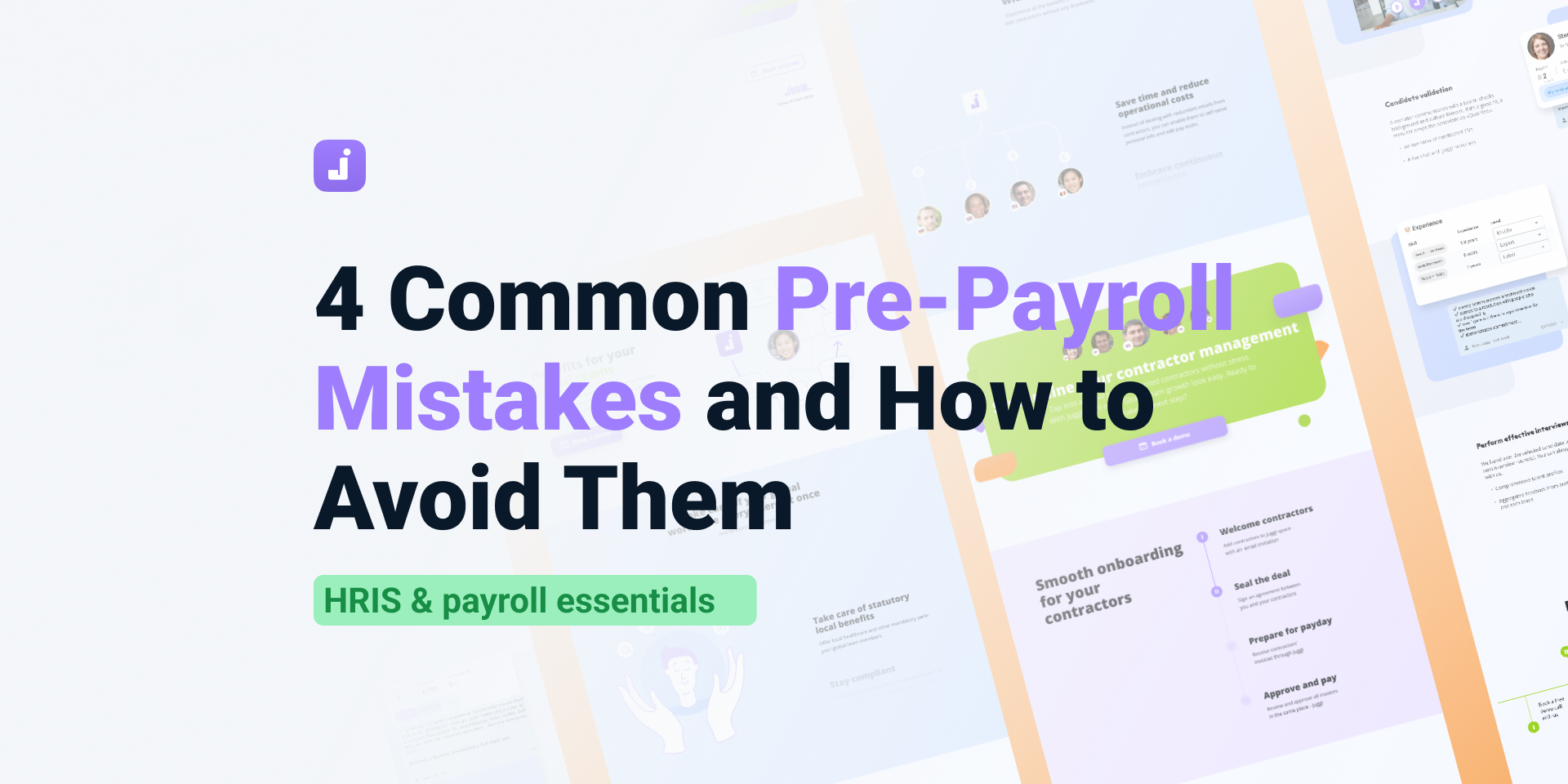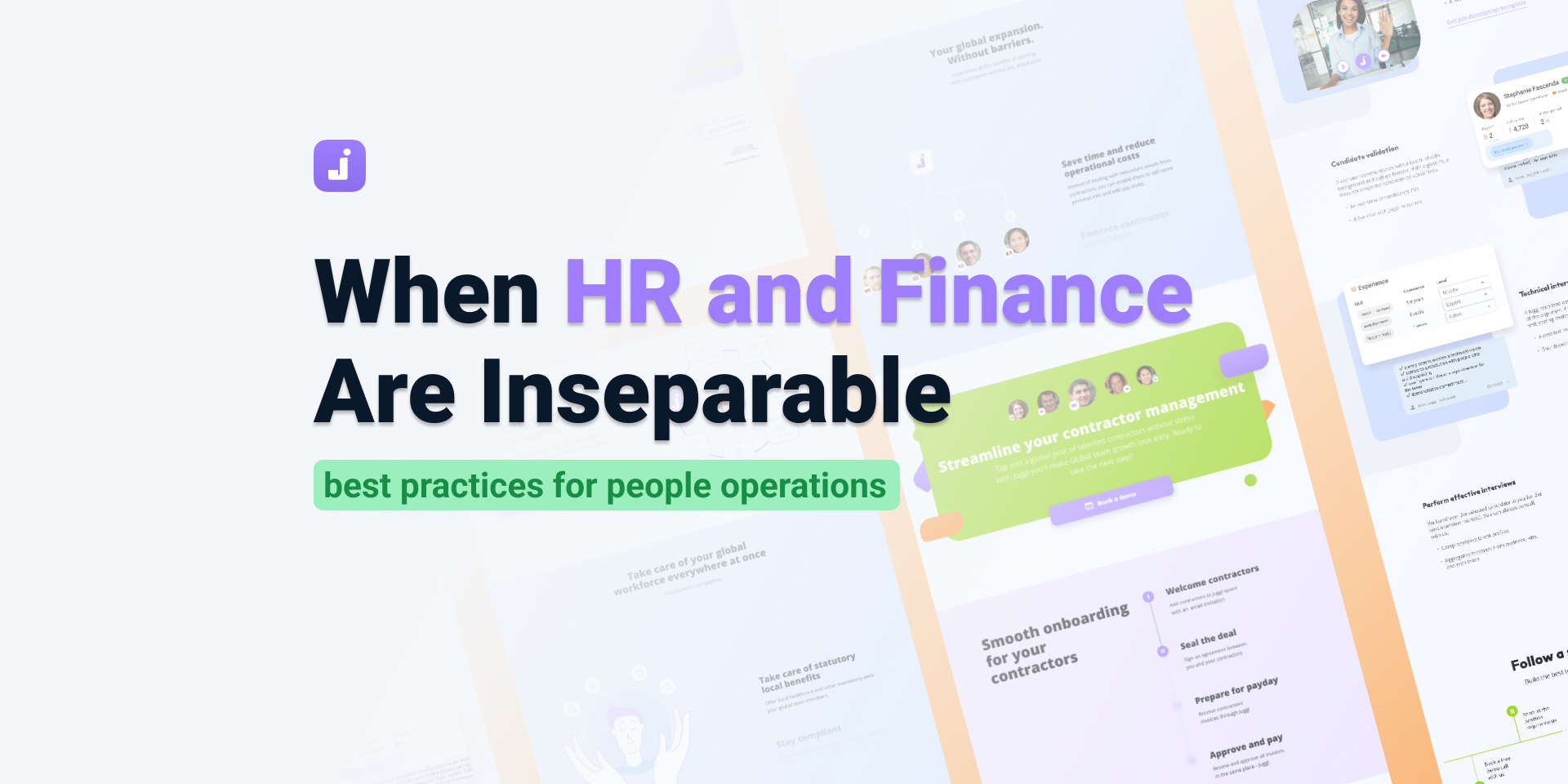Roadmap: How HR managers handle global payroll
More and more companies are adopting remote work policies, with teams scattered across different countries. This shift brings new challenges, particularly when processing payroll or choosing global payroll service providers.
In this case, HR teams play a key role in managing global payroll, dealing with challenges such as collecting disparate staff data, communicating tax changes to employees, and staying compliant with labor laws.
Let’s explore how to manage international payroll and what HR managers need to consider.
HR Duties in Managing Global Payroll
Data Collection
Payroll for one employee from Canada differs from that for an individual in Brazil. For that reason, the HR team must gather a unique set of employee information tailored to each specific location.
- Scenario: While in the U.S., HR managers collect W4 forms to withhold taxes; in other places, they use local equivalents.
- Action: For each employee a specific tax information needs to be filled out in a centralized system (whether it's an HRIS, Payroll system or excel spreadsheet) and passed to the payroll team.
- Tip: It'll save you so much money in operational costs to have document management, payroll and HR be consolidated in one system that can support it.

Communication with Employees
When changes happen – such as in taxes or benefits – HR needs to communicate them to everyone. This is especially true for remote teams that rely immensely on transparent communication.
- Tip: To help employees clarify things, use various channels like emails, one-on-one meetings, and company apps.

Ensuring Payroll Processing Compliance
HR helps the company follow the local regulations, avoiding legal problems.
- Scenario: Think about a company operating in both the European Union and the United States. HR needs to keep an eye on changes like GDPR in the EU or updates to tax rules in the U.S. if the candidate is relocated from CA to TX for example.
- Action: Update the employee/contractor information and notify Payroll department of any changes made.

Controling Global Payroll Providers
If a company uses payroll processing companies in each hiring location, HR is the link.
- Scenario: If you have opted for payroll processing outsourcing in India, ensure that the payroll company adheres to Indian labor laws and guarantees that the data aligns with the company's requirements.
- Tip: Always ensure the compliance. You can learn more about most trusted providers at https://globalpayrollassociation.com
How to Manage Payroll
In-House Global Payroll
This model not only gives your organization control and stability but also allows you to hire a large number of employees.
However, HR managers need to know that this process involves a significant investment of time and resources. It usually takes 2-5 months to set up a legal entity.
- Scenario: If a company sets up an entity in Germany, they'll need to comply with German laws, taxes, and how people work there. Then they pick a payroll system that considers local jurisdictions in its processes. It’s a key to prevent oversights and errors.
- Tip: Make sure that the reporting and accounting templates that you use are customized for each country and have an additional "general" template that lets you see the expenses and structure of the entire company.

Global Payroll Outsourcing
a) Decentralized Model
In this model, you gain local payroll expertise in each separate country. However, juggling numerous payroll processing companies can become costly and less transparent because of data disparity.
b) Centralized Model
According to this model, all staff payments and benefits issues are handled by a single global payroll provider within a unified system. Such a partner usually ensures payroll validation in a single language and currency.
Integration of Payroll and HRM Systems
Traditionally, companies have separate systems for HR management and payroll processing. When you hire people in many countries, consistency is a critical element to ensure seamless processes. That’s why companies generally integrate these systems.
You can also implement a platform that is designed specifically for global HR and payroll management. It helps organizations reduce the risk of errors and duplication of effort.
- Scenario: When an employee's information is updated in the HR system, it needs to be reflected in the payroll system, eliminating manual reconciliation efforts and ensuring accurate payroll calculations.
- Action: Either pick an HRIS system that consolidates everything automatically or invest in building integrations for your business processes that will transfer and update data automatically and will notify everyone involved in the proecess.

.jpeg)










